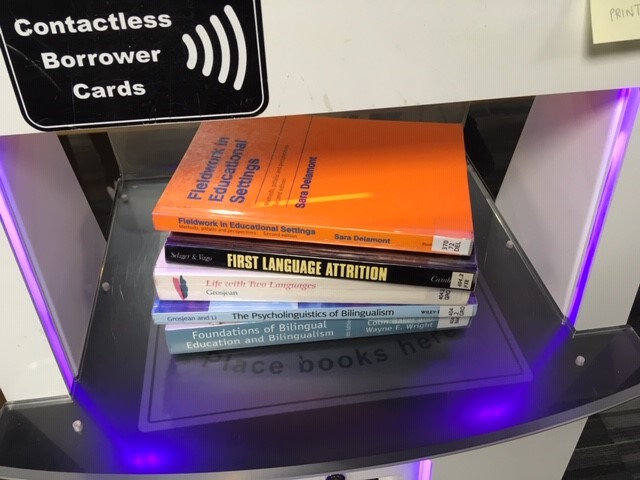Blog entry by Astrid Dinneen
Anyone in the world
Sarah Coles shares the third instalment of a journal-style account of her reading for the literature review and methodology chapters of her PhD thesis.

Week 5, Autumn 2018
Last time I focused on sequential and simultaneous bilingualism with a light touch on the Critical Period Hypothesis, specifically referencing the age at which one starts learning an additional language, a cause for personal lament. I mentioned how there is a general difference between early starters and late starters, with the acquisition of phonology being the key area in which a difference can be discerned. Apart from that, the notion of there even existing a Critical Period is open to debate, so the jury’s still out. Undaunted I will keep up my efforts, practising asking for things in Turkish when in France.
There are, of course, various factors that are important in second language learning and in this instalment I will talk about two more: aptitude and attitude/motivation. First to aptitude, and the literature reveals that…wait for it…some people are better at learning a second language than others. Ground-breaking stuff you’d never have thought of for yourself, eh? Anyway, in the 50s and 60s, aptitude was a popular area of study and there were many tests developed, each designed to assess language aptitude. These were largely geared towards formal second language learning in the 1960s classrooms of the UK, where students conjugated verbs, did precis and dictation and learned lists of vocabulary (in fact exactly how I was taught French in the 1980s) but rarely – if ever – used the new language to communicate with others. How weird is that? Anyway, when teaching practice evolved to include experience of actual communication (must’ve been after I left secondary school), aptitude testing fell out of favour. There ensued a tumble-weed period of about 30 years until the debate bump-started again in the 1990s when working memory was put forward as a key component of aptitude, conventional intelligence testing having become a subject of much controversy. The net result has been to propose language learning aptitude needs to be redefined to include creative and practical language acquisition abilities as well as memory and analytical skills. Mystic Sarah predicts the conclusion will still be that some people are just better at it than others but that a lot more hot air will have been generated along the way.
Now, if you’re all still keeping up, to attitude and motivation. As you might presume if you give it 5 minutes’ thought, these are difficult things to measure. Gardner and Lambert (1972) helpfully distinguished integrative motivation and instrumental motivation. These go as follows. Integrative motivation is based on an interest in the second language and its culture and refers to the intention to become part of that culture. I wonder if by this they were really talking about assimilation, given they were writing in the 1970s, but that aside they developed tests to measure motivation and attitude. These included factors such as language anxiety, parental encouragement and all the factors underlying Gardner’s definition of motivation. A sort of self-fulfilling prophecy, then. For Gardner, the learner’s attitude is incorporated into their motivation in the sense that a positive attitude increases motivation. This is not always the case, some astute observers note, citing by way of an illustrative example Machiavellian motivation in which a learner may strongly dislike the second language community and only aim to learn the language in order to manipulate and prevail over people in that community. They do like to quibble, these academics.
Instrumental motivation is all about the practical need to
communicate in the second language and is sometimes referred to as a ‘carrot
and stick’ type of motivation. The learner wants to learn the second
language to gain something from it. I can see the carrot here, but where
the stick comes in is less clear, unless it means putting in the effort
required to make progress. Back on planet earth, it is often difficult to
separate the two types. For instance, you might be in a classroom
learning a second language and you might have an integrative motivation towards
your progress in acquiring the second language. You might, for instance,
yearn to have a Spanish boyfriend and fancy going off to live in Madrid or
Barcelona to find him. But you might at the same time have an
instrumental motivation to get high grades in order to ensure you can get onto
the A level Spanish course next year, just in case he turns out to be nothing
more than a pipe dream and you need to rethink your strategic timescales.
People more recently engaged with this aspect of the discussion suggest this
dichotomy (integrative/instrumental) is a bit on the limited side. They
put forward ideas such as social motivation, neurobiological explanations of
motivation, motivation from a process-oriented perspective and task
motivation. So nowadays motivation is seen as more of a dynamic entity,
in a state of constant flux due to a wide range of interrelated factors.
That said, motivation is a good predictor of success in second language
learning. Probably.
[ Modified: Thursday, 19 December 2019, 1:07 PM ]
